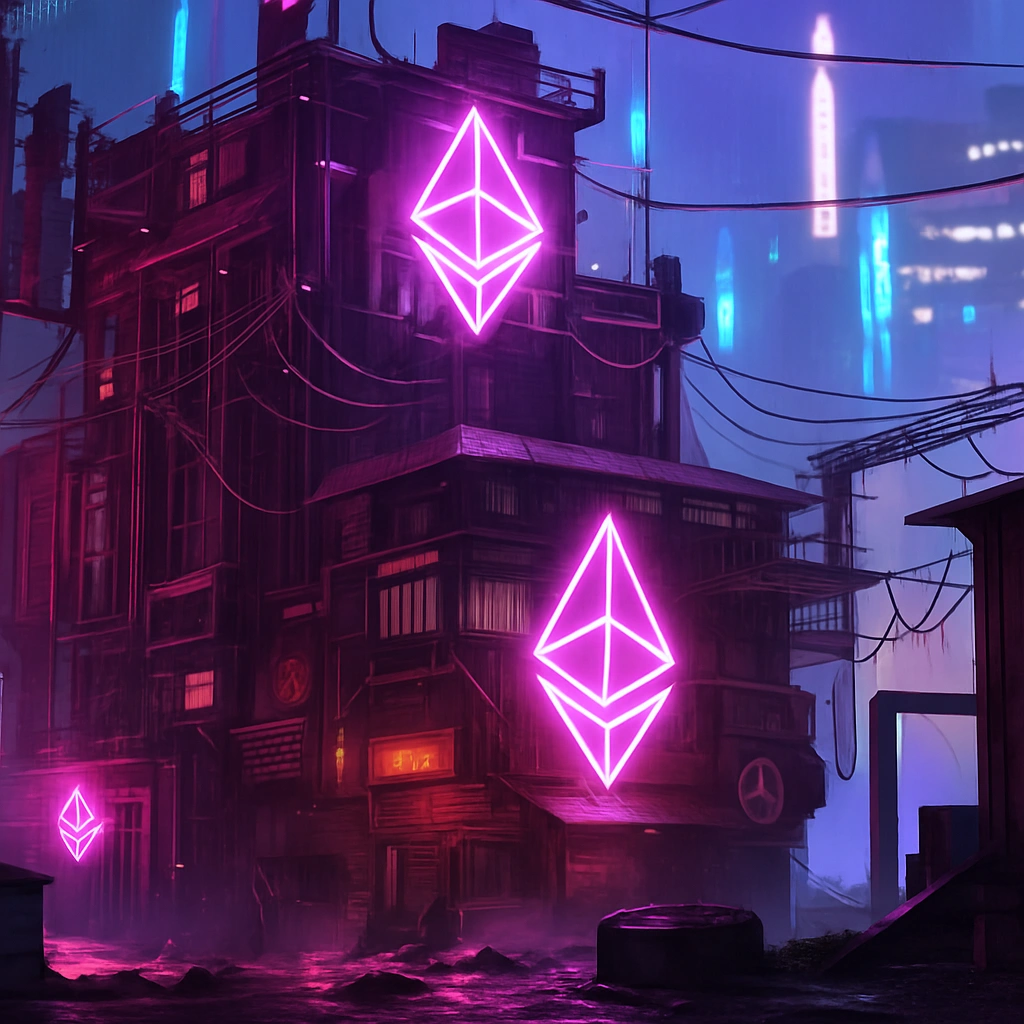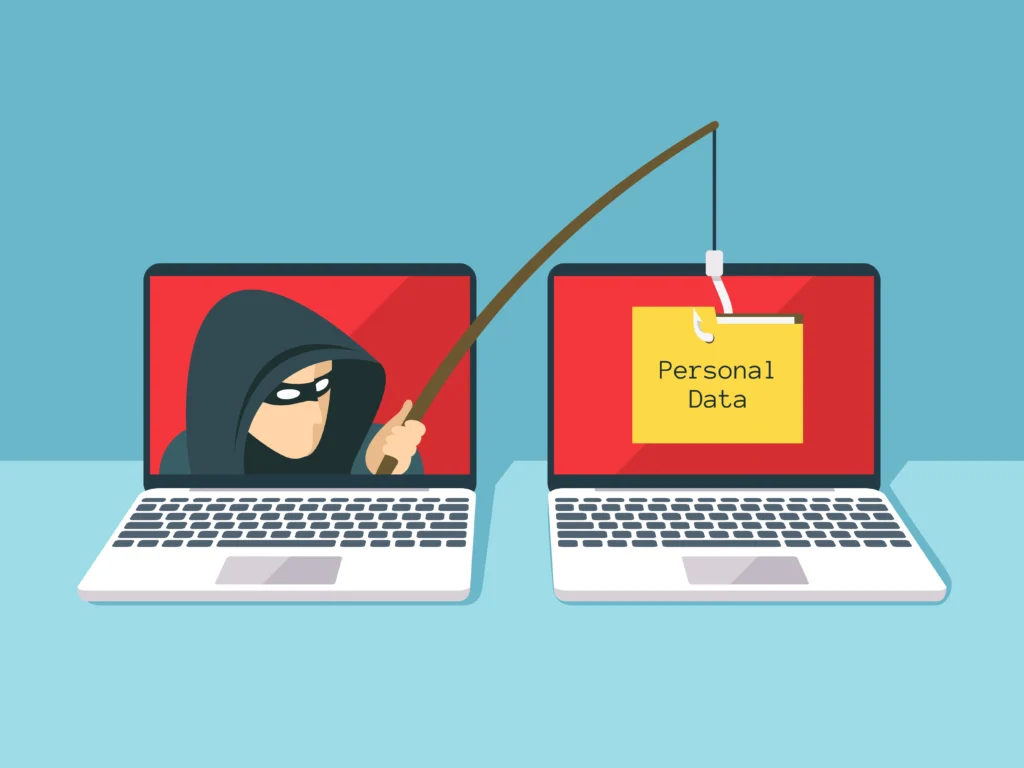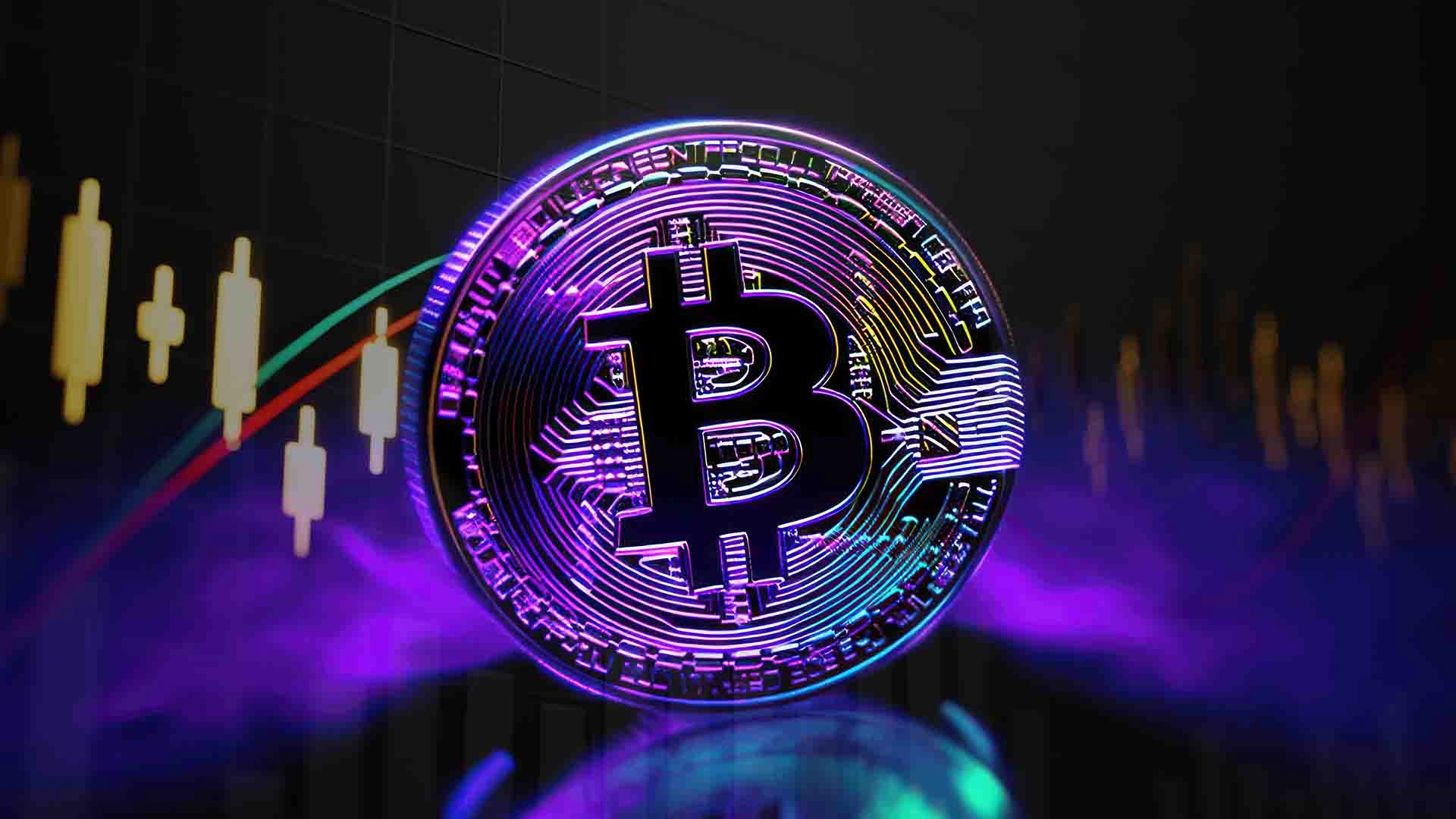So, you’re sitting on some crypto and wondering: What if I actually staked it? Would you wake up to free money? Lose access at the worst moment? Get slashed for someone else’s mistake? Let’s play out the scenarios—because when it comes to crypto staking, the “what ifs” really matter.
What If You Staked and the Market Went Up?


Congrats, you’re earning staking rewards and your coins are gaining value. It’s the dream combo. Staking platforms like Ethereum, Cardano, or Solana might give you 4–10% annually. Add that to price gains and suddenly your crypto’s working overtime. You’re the genius of your group chat.
BUT… don’t forget: you may still have a lock-up period. So even in a bull run, you might not be able to take profits right away.
Crypto Staking: What If You Staked and the Market Crashed?

Ouch. This is the nightmare scenario. Your coins are locked, and while you’re technically still earning rewards, the coin’s value is dropping like a rock. By the time you can sell, you’re underwater.
That’s the double-edged sword of staking: rewards can’t always outpace a crash. Timing matters, and staking removes a bit of your agility.
Crypto Staking: What If You Picked the Wrong Validator or Platform?

Say you go through a sketchy staking pool or a shady exchange. Worst-case scenario? You lose your entire stake. More likely: you lose rewards due to downtime, mismanagement, or even “slashing”—a penalty some blockchains impose when validators act badly or go offline.
Lesson? Always vet who you’re staking with. DYOR (do your own research) isn’t just a meme—it’s self-defense.
What If You Just Used an Exchange?


Let’s say you took the easy route—staking on Binance or Coinbase. What happens?
-It’s convenient
-The UI is beginner-friendly
-You can unstake with a few clicks
But:
-They take a cut of your rewards
-You’re trusting a centralized middleman
-In extreme cases (hacks, shutdowns), you’re out of luck
It’s like fast food for staking. Easy, but not the healthiest option long-term.
What If You Did Nothing?

Ironically, the most common scenario. You hold your crypto in a wallet, do nothing, and earn nothing. If the price goes up, you’re still winning. But if it’s just sitting there during a sideways market, you’ve missed out on passive income.
Staking isn’t mandatory—but for long-term holders? It’s often a wasted opportunity if you ignore it.
Final What-If: Is It Worth It?
What if you staked and it actually worked out?
You’d be earning extra crypto, helping secure the network, and maybe even building a real strategy—not just hoping your favorite altcoin moons.
Like most things in crypto, staking comes with ifs. But if you go in with your eyes open, it could be a powerful move.
And honestly? That “what if” might be worth exploring.
Relevant News: Can RWA Be Traded Across Borders? A Practical Guide to Cross-Border RWA











